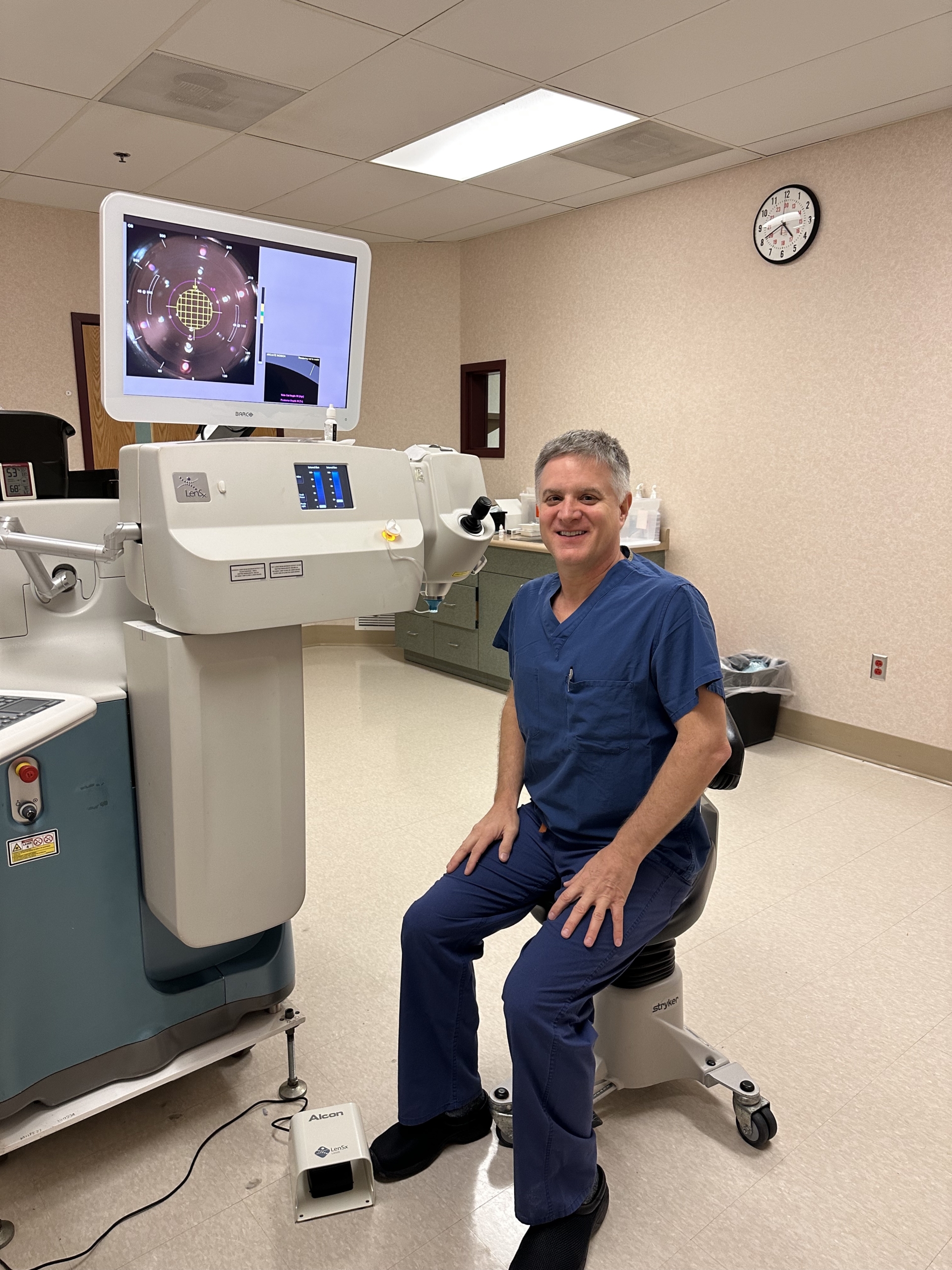
Introduction
Monovision cataract surgery is gaining popularity as an option to reduce dependence on glasses. However, it’s important to note that there can be potential side effects and issues associated with monovision. Let’s explore both its advantages and disadvantages.
Understanding Cataracts
Let’s begin by understanding what a cataract is and how it can be addressed. Cataracts are a prevalent age-related eye condition that can substantially diminish vision and overall quality of life. Cataracts occur when the eye’s natural lens, situated behind the pupil, becomes cloudy. This cloudiness can result in vision loss, making tasks such as reading, driving, and everyday activities challenging. To fix this problem, cataract surgery becomes necessary.
What is Cataract Surgery?
Cataract surgery is one of the most common and successful surgical procedures worldwide. During this surgery, your cloudy lens is removed and replaced with an intraocular lens (IOL) to restore clear vision. You can choose from various types of IOLs, each designed to meet specific visual needs.
What Is Monovision Cataract Surgery?
Monovision cataract surgery can give you the ability to see clearly at multiple distances. This helps reduce your dependence on glasses or contact lenses. It is most successful if you have been using monovision contact lenses or have had monovision LASIK (laser-assisted in situ keratomileusis).
The Role of Astigmatism Correction
A critical aspect of successful monovision cataract surgery is the correction of astigmatism. Astigmatism is a common refractive problem caused by a slightly irregular shaped eye, leading to blurred or distorted vision. When undergoing monovision cataract surgery, it’s essential that any existing astigmatism is corrected to achieve the best possible visual outcomes. Astigmatism can blur both near and distance vision.
How Does Monovision Cataract Surgery Work?
In monovision cataract surgery, the intraocular lenses (IOLs) are strategically implanted in each eye. One eye is adjusted for distance vision, while the other is fine-tuned for near vision. This intentional disparity in your vision provides you with the capability to focus on objects both nearby and far away. However, it’s crucial to strike the right balance and avoid excessive disparity, as an extreme imbalance can hinder your brain’s ability to adapt effectively.
Benefits of Monovision Cataract Surgery
- Reduced Dependence on Glasses: A significant advantage of monovision cataract surgery is the reduced need for glasses in your daily activities. Reading and using your smartphone may become easier without requiring reading glasses.
- Enhanced Quality of Life: Monovision cataract surgery provides the freedom to enjoy various activities without the hassle of switching between reading and distance glasses.
- Proven Track Record: Monovision has a long history of successful use in contact lenses and surgeries like LASIK.
Disadvantages of Monovision Cataract Surgery
- Reduced Depth Perception: There might be a slight reduction in depth perception due to the varying focusing abilities of each eye. This can impact activities such as flying, operating cranes, and certain sports that demand precise distance vision.
- Adaptation Period: Adjusting to monovision can take time, and you may feel uncomfortable with the sensation of having one eye focused on near objects and the other on distant objects.
- Not Suitable for Everyone: Monovision may not be suitable for you with certain medical eye conditions or particular visual requirements, such as pilots, military personnel, or truck drivers.
Conclusion
Monovision cataract surgery, coupled with astigmatism correction, can reduce your reliance on glasses or contacts, offering convenience and a better quality of life. To decide if it’s suitable for you, consult an experienced cataract surgeon. Like any medical procedure, it is important to have a detailed discussion about potential benefits, risks, and side effects.
https://www.aao.org/eye-health/treatments/what-is-monovision-blended-vision
https://ascrs.org/clinical-education/presbyopia/2022/2022-pod-sym-18-3-hoffman-surgical-monovision

